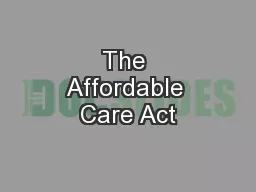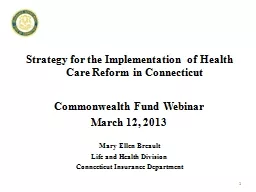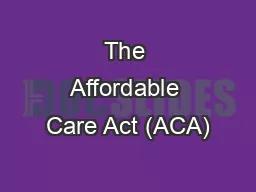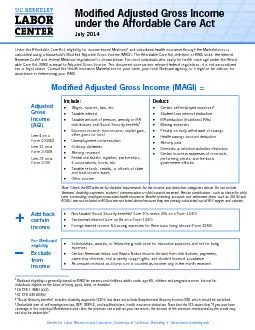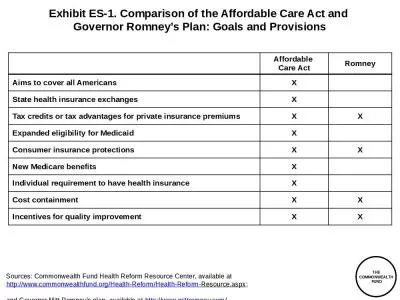PPT-The Affordable Care Act and the Kentucky
Author : conchita-marotz | Published Date : 2018-10-22
Health Benefit Exchange Kentuckys uninsured 640000 are currently uninsured 300000 may qualify for Medicaid under the new eligibility rules 290000 may qualify for
Presentation Embed Code
Download Presentation
Download Presentation The PPT/PDF document "The Affordable Care Act and the Kentucky" is the property of its rightful owner. Permission is granted to download and print the materials on this website for personal, non-commercial use only, and to display it on your personal computer provided you do not modify the materials and that you retain all copyright notices contained in the materials. By downloading content from our website, you accept the terms of this agreement.
The Affordable Care Act and the Kentucky: Transcript
Download Rules Of Document
"The Affordable Care Act and the Kentucky"The content belongs to its owner. You may download and print it for personal use, without modification, and keep all copyright notices. By downloading, you agree to these terms.
Related Documents




